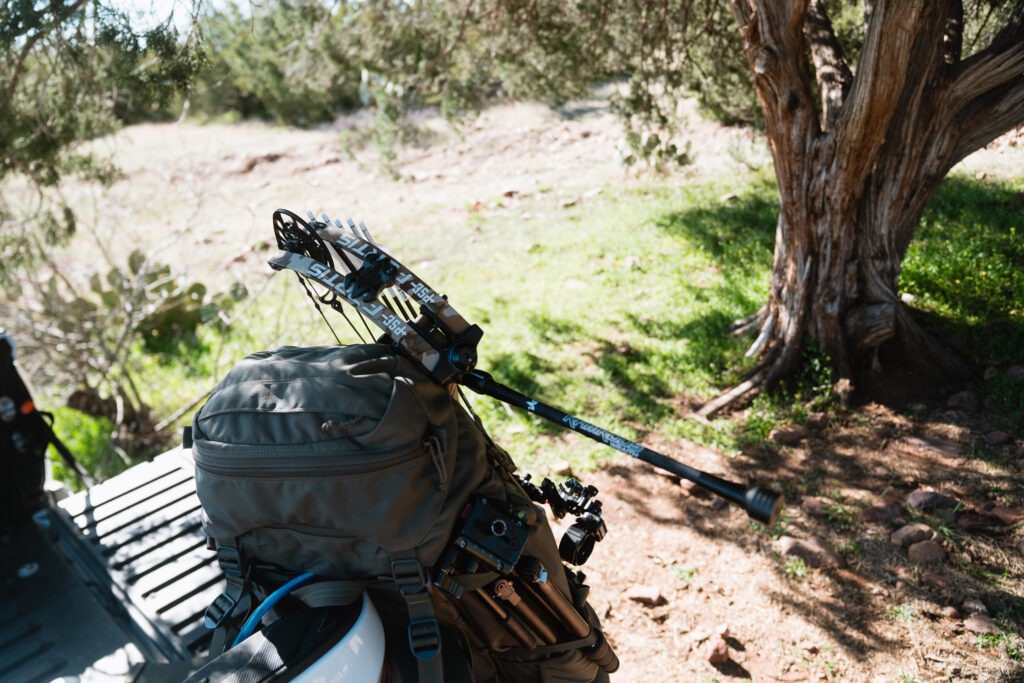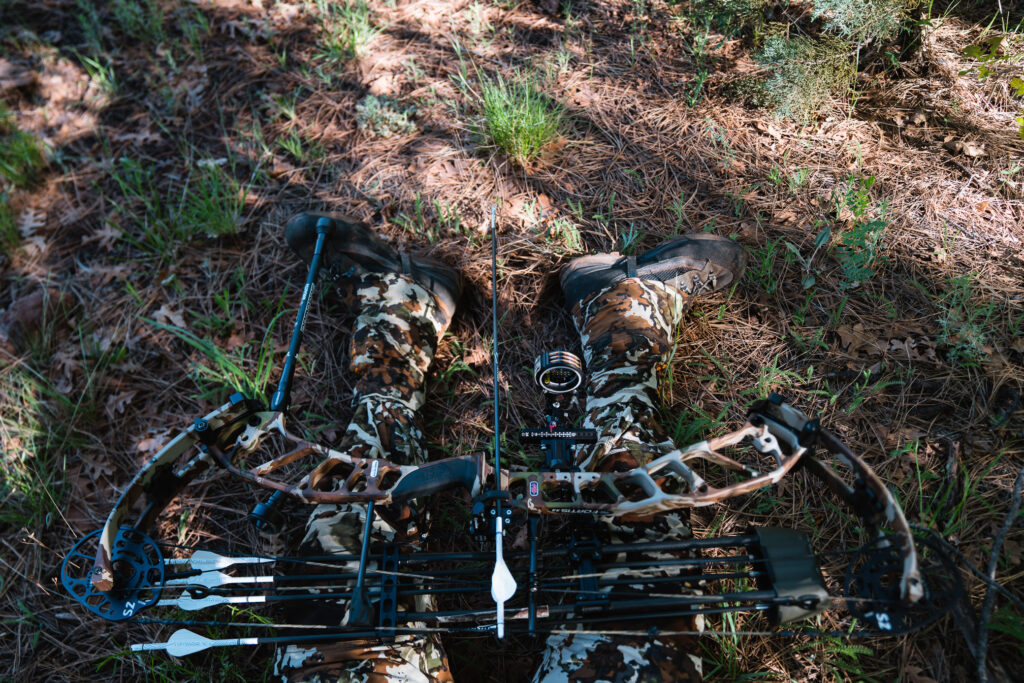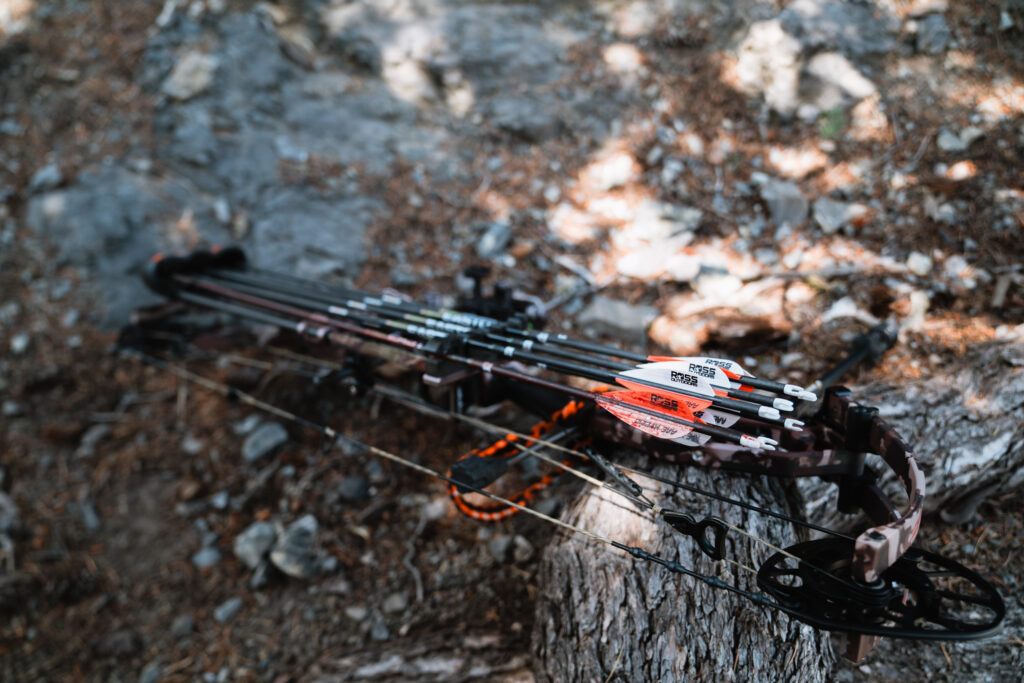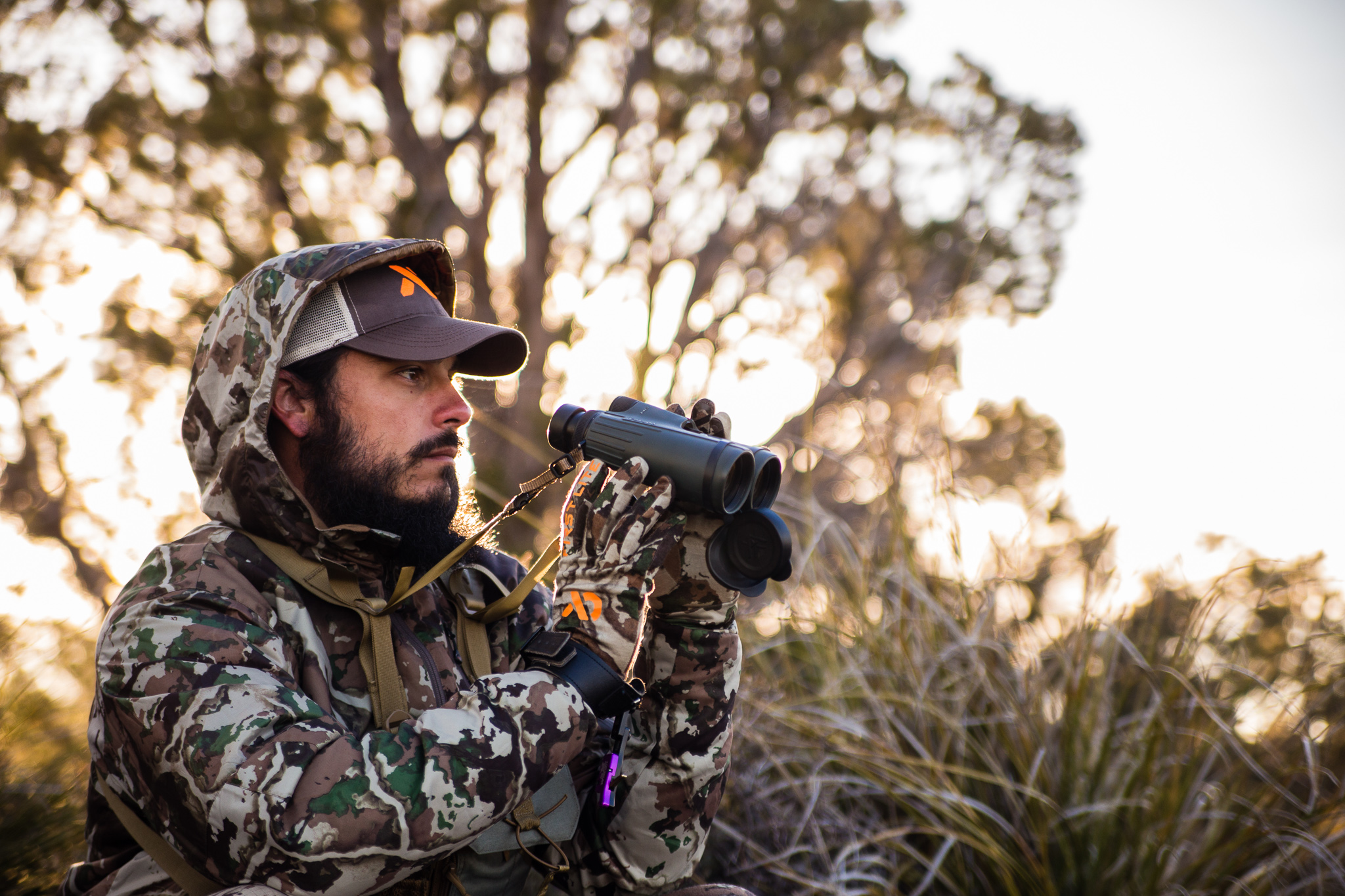
You don’t know what you don’t know right? I always thought it looked so funny when archers and bowhunters had that long stick-looking deal hanging off the front of their bow. Stabilizers weren’t really something I’d worry too much about in my early years. And with how many “correct opinions” there are in the bowhunting world, taking advice on the topic isn’t straightforward in the least. Everyone is a little different in their bowhunting journey and what works for them.
With all of that said, stabilizers are an effective tool that really can elevate your shooting from good to great. So, down below I’m going to go through what I’ve learned about stabilizers for bowhunting through the years and how I personally go about finding the right recipe for success.

First off, the questions surrounding stabilizers bring up another immediate question. Do you actually need a stabilizer? Well, technically no. You don’t need to put a stabilizer on at all. I personally used to not use one. They seemed too cumbersome to have attached to the bow. Once I actually tried one out many years ago, my thinking changed. The “cumbersome” was worth the weight.
What a stabilizer does, surprise surprise, rests in the name really. In a nutshell, they help stabilize your bow at full draw and minimize canting(tilting). This translates into more steady aiming, which results in more consistent accuracy. You can really see this when holding at full draw in the wind and then dramatically when it’s calm. And with the added weight towards the bottom of the bow, you’re less likely to cant the bow.
Another thing stabilizers do is help dampen vibration. You’ll notice that most stabilizers have either some sort of rubber collar or they are harboring something like aluminum that soaks up vibration. To the shooter, this means less hand shock and less noise.

The length of the stabilizer you go with is going to have an impact on just how steady that stabilizer makes your bow. This is why you see target archers with such long stabilizers. It’s not to look cool. It’s because it works. With that being said, stabilizers for bowhunting need to be a bit shorter. It’s just not practical to have a giant one.
Now, in the end, you need to make the call of what length works best for you. Try out some different ones and see what you think. For me though I’ve always found that I shoot the best with a 10″ – 12″ stabilizer. It seems to provide great stability without being too much “in the way” while hunting.
My current stabilizer of choice is a 12″ Wraith from RamRods
Really short stabilizers in my opinion are mostly taking care of vibration than anything else. Sure, something is better than nothing with stability, but if you’re looking to stabilize, then go longer. I say AT LEAST a 6″ – 8″ stabilizer.
On the end of your stabilizer, there are weights. These are usually in one-ounce increments and you usually have the ability to add or take away weight as you see fit. So, how do you tell what works the best? It’s all about paying attention to your pin float.

When you’re at full draw, our pin will tend to make a figure 8 pattern continuously over the dot. My thinking is that I want that dot to stay at the middle intersection point of that figure 8. I don’t want the dot to be in the upper portion of the figure 8 or the bottom portion. If that’s what my pin is doing, then I’m good. If it’s dropping randomly below though, I take some weight away. If it’s randomly going up, or floating wildly all around, I add some weight. It’s not rocket science this way, but it’s what works for me.
Usually, I end up in the realm of 5-7 ounces out front. And it’s important that the weight is out in front of you. Weight forward aids more in stabilization and helps shrink that pin float. You shrink the float, you’ll shrink the groups.

A good buddy of mine that is a professional archer dropped some knowledge on me not too long ago. He said, “Equipment is too good these days to settle.” And he’s right. If you’re not getting the desired feel and ultimately the results you want out of your bow, there are ways to get to where you want to be. What I’ve laid out above isn’t the end all be all with stabilizers for bowhunting. It’s just what has worked for me. With any luck, I hope it helps you in some small way. Don’t settle.


Copyright 2019 Dialed In Hunter
Design by NXNW.